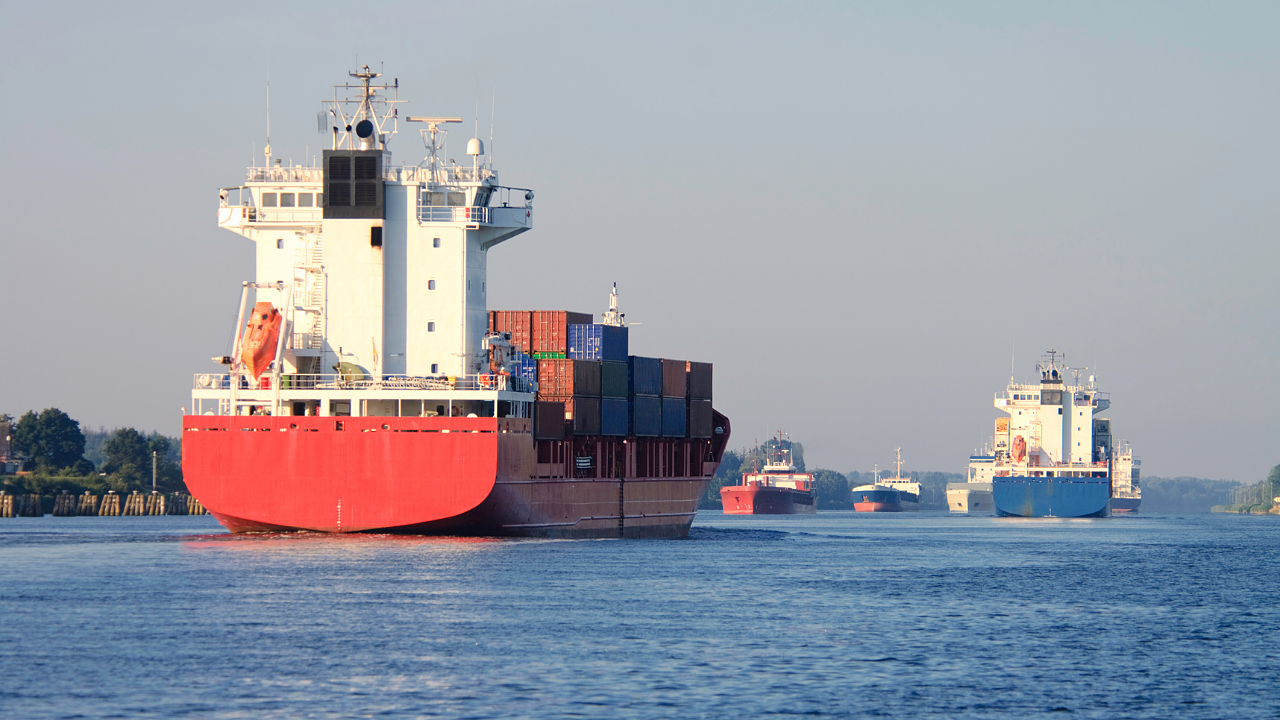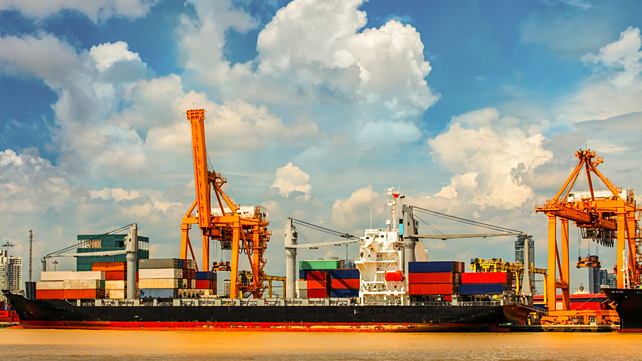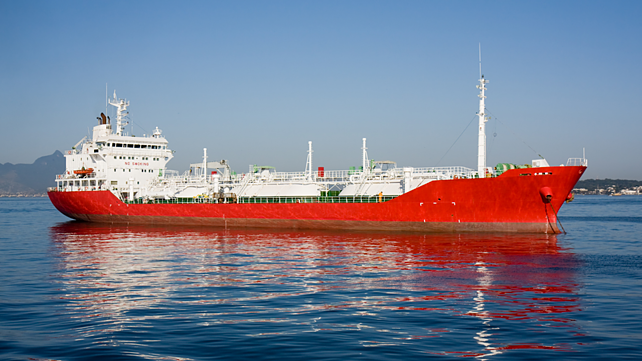
Over 80% of the world’s merchandise trade by volume and 70% by value is transported by sea. There are about 50,000 vessels that carry different types of goods ranging from high-end cars to daily essentials, marking the importance of this industry.
COVID-19 has tested the resilience of supply chains and the industry leaders have realised the importance of tech disruptions and automation in the industry. The pandemic imposed major challenges to the maritime industry as it almost came to a complete halt. Such impended operations hampered the industry’s workflow.
Being labour-intensive, the industry players faced obstacles related to loading/unloading, the crew being stuck/retained in the vessels, pile-up of cargo in ports due to temporary ban on truck movement, the ports running at low capacities, etc.
Here are a few of the major hurdles faced by the maritime industry due to COVID:-
Port closures:
Ports have been closed due to the lockdown and various conditions have been imposed. For instance, the entry of marine vessels by certain countries has been restricted or prohibited, thus, causing chaos among the marine transportation facilities globally.

Disputes between owners and charters:
Charters hire vessels from the vessel owners. Disputes are arising between the owners and charters of such vessels due to loss of time and money. The disputes are typically pertaining to the hire period of such vessels, where the charter was granted the vessel for a limited period.
Container crisis:
Most of the goods transported by sea are containerised. With COVID, there was a huge demand for medical devices manufactured in China. The demand for containers outran the supply during COVID as most of the ships were stranded at respective locations, and there was a huge shortage in containers. This led to a surge in the costs associated with rent and shipment of containers, even up to 10x the usual pricing. Shipping companies imposed container repositioning charges to bridge this gap.
Automation to revolutionise maritime:
The maritime industry has not witnessed a major disruption since the introduction of containers. The next big revolution in this industry is expected to be digitisation and automation of this industry, and COVID has acted as a catalyst to bring about this transformation.
To continue the operations during the pandemic, the industry has actively adopted modern technologies that have enabled the operators at ports to work from remotely located play stations, while automated cranes and maritime vehicles can transfer containers with minimal intervention. Similarly, a collaboration of automated crane-mounted vessels with autonomous port vehicles has facilitated faster and more reliable transfer of containers from vessels to trucks and other transport modes.

Considering these benefits, the maritime industry is preparing for automation at various levels such as autonomous port vehicles, automated cranes, etc. Most of the major port operators and shipping companies have started to adopt automation in different phases.
The industry is also actively working towards the use of autonomous vessels that would result in significant cost reductions related to crew and labour, estimated to be around 35% of the overall operational costs. It would also result in lesser human error and idle time, reduced accidents, and lower fuel consumption. This in turn reduces the operational costs significantly.
The introduction of autonomous vessels will also result in reduced emissions and higher fuel efficiency owing to the reduced weight of the vessels. Further, the real-time tracking and data from these autonomous vessels are expected to help in the management of the port traffic, thereby improving port efficiency.
About the Author: Bijay Oram is Director, Supply Chain & Logistics Practice at Frost & Sullivan.
NB: This article is a part of our Knowledge Series, authored by experts from Frost & Sullivan. All images are representational in nature.